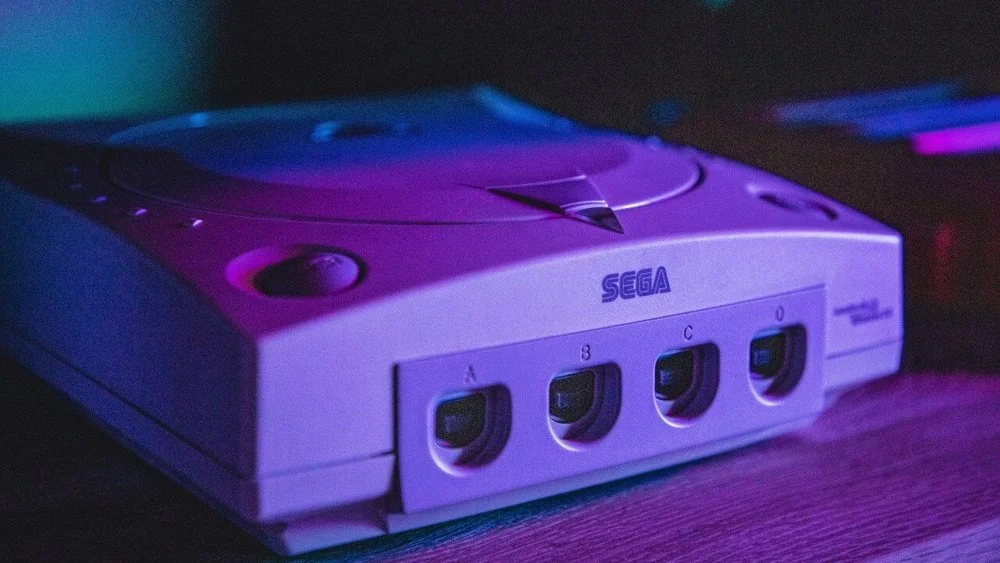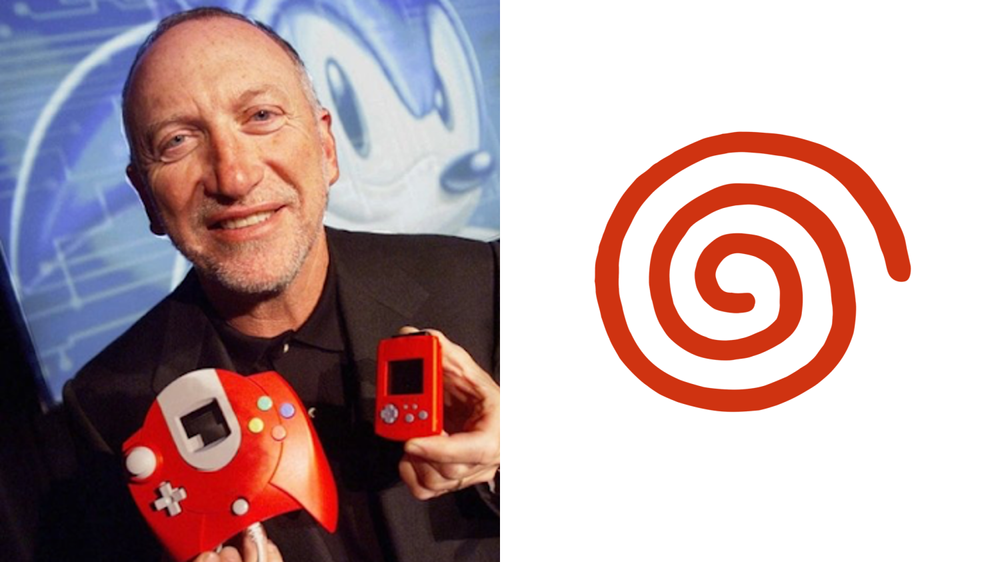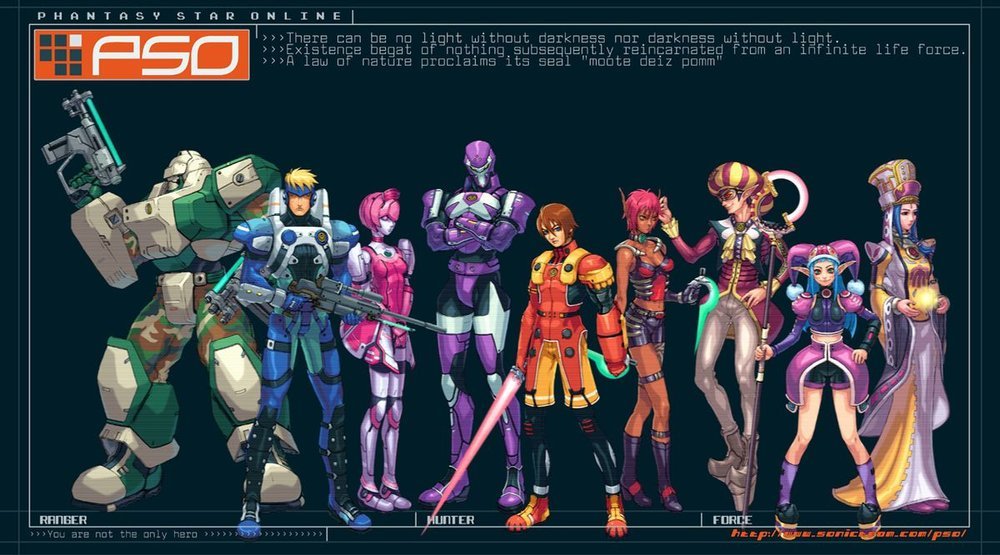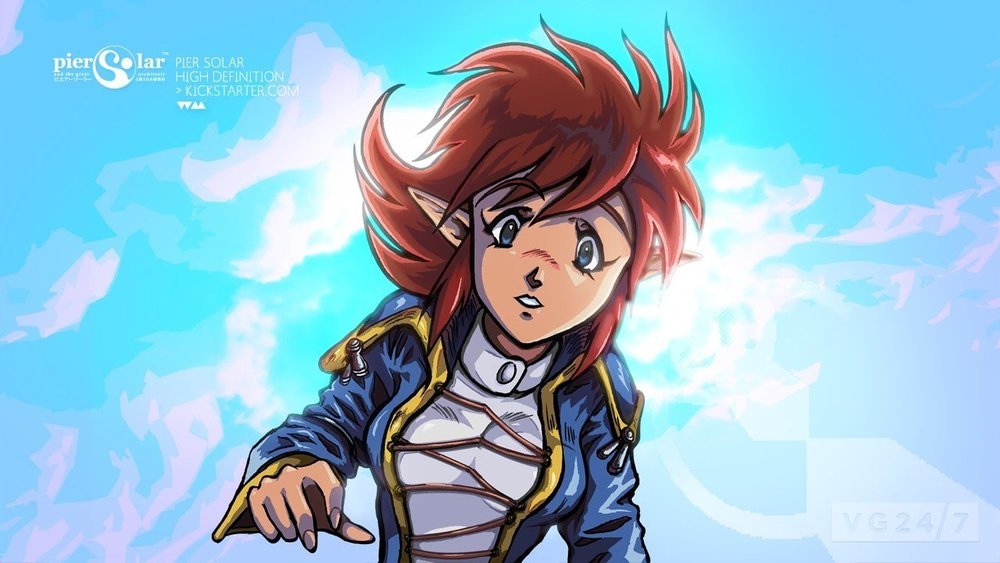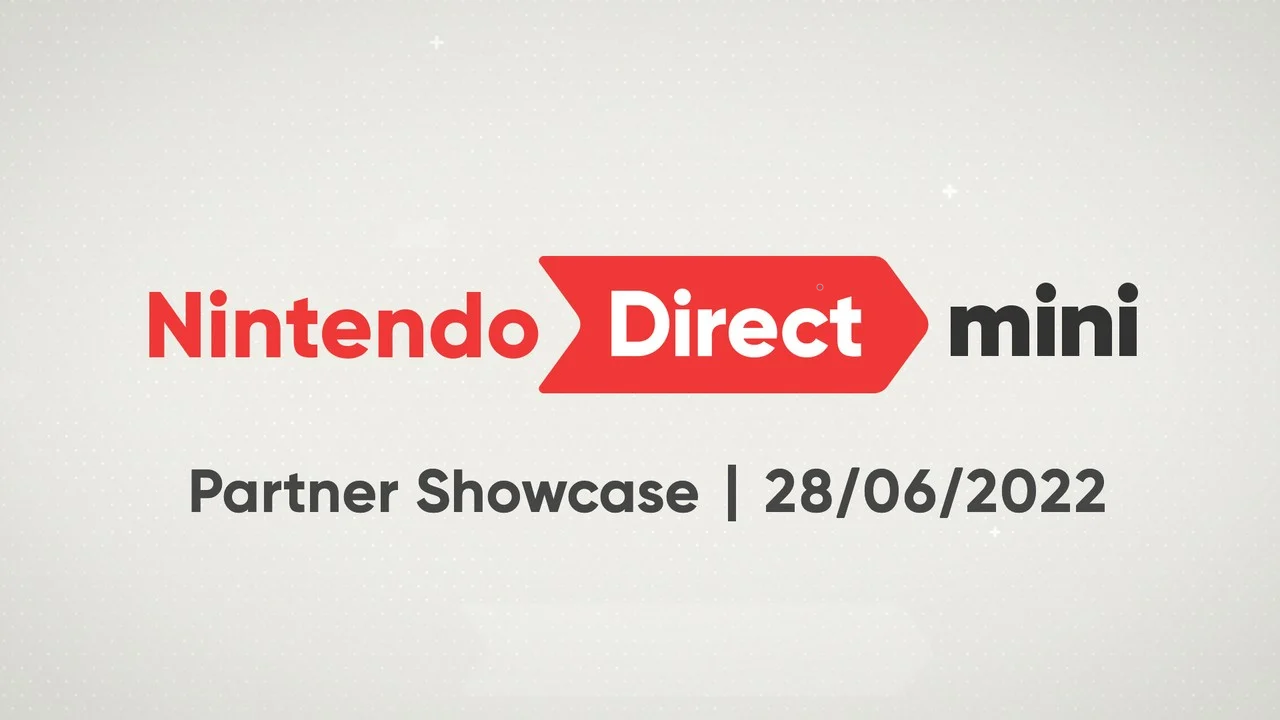It's Still Thinking: A Deep Dive Into The Afterlife Of SEGA's Swan Song
Image Source: PCMag; Photo Credit: Taylor R/Unsplash
The Dreamcast was SEGA's last foray into the home console market and the former console manufacturer turned software publisher went out with a bang. Boasting 128bit 3D graphics and online connectivity right out of the box, the Dreamcast marked the beginning of the sixth console generation and was considered to be ahead of its time. The console has a vast library of games including Sonic Adventure, Sonic Adventure 2, Shenmue, Crazy Taxi, Phantasy Star Online, Quake III: Arena, Jet Grind Radio, Space Channel 5, Soul Calibur, Power Stone, Resident Evil: Code Veronica, and the beginnings of the 2K Sports series of games, among others.
Tragically, the console's life was cut short on March 31st, 2001, when SEGA decided to exit the hardware business and focus on developing and publishing software. Despite this, the console has continued to have an interesting afterlife of sorts. Several of its online titles are still being played online, and new titles are still being made for it 21 years after the console’s discontinuation. Let's explore the interesting afterlife and legacy of SEGA's most ambitious console.
Image Source: TweakTown
A Brief History of the Dreamcast
By 1997, SEGA's fifth generation console, the SEGA Saturn, was struggling immensely in North America, causing then President of SEGA America, Bernie Solar, to press SEGA of Japan to begin development on a successor console. At E3 of that year, Solar stated that “the Saturn is not our future” and referred to the console as “the stillbirth.” The console was discontinued shortly afterward, angering third-party developers, particularly those in Japan where the Saturn had much more success. Work soon began on Saturn's successor, and the Dreamcast launched on November 27th, 1998 in Japan and on September 9th, 1999 in America. The US launch in particular was a huge success, with the console selling 225,000 units in just 24 hours and 500,000 being sold in the first two weeks. No doubt the Dreamcast's impressive graphics and built-in internet capabilities helped it to stand out from the competition. However, everything would not go SEGA's way for long.
RELATED:
The Dreamcast was already being overshadowed by a new competitor: the Sony PlayStation 2. The console was announced in April of 1999, and while it wouldn’t release until 2000, news of it was enough to divert attention from SEGA's hardware, which is why it had trouble gaining footing in Japan. Once the PlayStation 2 launched, the Dreamcast had trouble maintaining its momentum, and when Nintendo's GameCube was announced, it seemed to be the death knell for SEGA's little white box. Already, several titles planned for the Dreamcast were scrapped in favor of Sony's PlayStation 2 (most notably a port of Half-Life), so the GameCube announcement fueled speculation as to whether or not SEGA could afford to continue marketing the Dreamcast.
On January 31st 2001, SEGA announced that they would be discontinuing the Dreamcast on March 30th of that year. Games would continue to be released for it in the US until 2002, with NHL2K2 being the last title released in that region. It lasted a bit longer in Japan, with the last SEGA release for the system being PuyoPop Fever in 2004, and the last licensed game, Karous, being released on March 8th 2007, only in Japan. After the Dreamcast, SEGA exited the hardware market and focused on developing software for other platforms. Despite this, the Dreamcast still lives on, however.
Image Source: Polygon
Dreamcast Online Scene
The Dreamcast's online community is a predecessor to several others such as Xbox Live. Two notable firsts include the first console MMO, Phantasy Star Online, and the first console game with voice chat, Alien Front Online. Though official servers for Dreamcast games have been shut down, private servers have kept these games alive. One of these is Sylverant, a private server for Phantasy Star Online. Beginning life as a Unix port of Sodaboy’s private server for the PC port of the game called Phantasy Star Online: Blue Burst, the server was launched in time for the Dreamcast’s 10th anniversary on September 9th, 2009. Players can connect to this server using a patcher CD or through the use of Codebreaker codes. Other games that are kept online through private servers include Quake III Arena, Toy Racer, 4x4 Evolution, Chu Chu Rocket, Starlancer, the NFL2K series, the NBA2K series, World Series Baseball 2K2, POD Speedzone, and the unreleased PBA Tour Bowling 2001. Others are currently in the works of being brought back online, including Marvel vs Capcom 2, Power Stone 2, Quake World, Outtrigger, Bomberman Online, and Street Fighter III: 3rd Strike. Though there are still several titles that are currently offline, there are plenty of titles that are online and a thriving player base for most.
However, for most people, there is a problem regarding connecting the Dreamcast itself to the internet that goes beyond port-forwarding or patcher CDs. The Dreamcast’s built-in modem is a 56k dial-up modem, an antiquated mode of connection for most people. Though the console does have a broadband adapter available, it is increasingly rare and expensive. There is a solution, however, through the use of a small computer known as a Raspberry Pi. Developed by Kazade, the DreamPi project is an evolution of the PC-Dreamcast server concept in which the player uses their PC’s broadband connection to connect to the Dreamcast’s dial-up connection using a server that simulates a dial-up ISP.
“I was disappointed with how clunky the whole process was and how the lack of a dial-tone limited which games could be played,” Kazade said. “I decided to try and find a way to solve those problems, and that became the DreamPi.”
Kazade, a lifelong SEGA fan, began work on the project in late 2015, using the USB modem to “listen” to the Dreamcast and playing the sound of a dial tone at the same time in some cases. Initially, this was achieved through software that could be flashed onto a micro-SD card for use on the Pi in addition to a phone line modded with a line voltage inducer that would give the line enough of a current to simulate a call, and all this equipment would have to be acquired separately. However, starting in 2018, kits were sold through Dreamcast Live, a fan website dedicated to the online community for the Dreamcast. In addition, a service known as Dreamcast Now has made it so that other DreamPi users can see who is currently online. The software continues to be updated periodically, but Kazade has been focusing on other projects.
“I have a bunch of ideas of how the DreamPi could be improved – and in particular the Dreamcast Now player listing,” Kazade continued. “I’d love to build an online account system that lets you register multiple Dreamcasts to your profile, and adds more modern features. Unfortunately… I have limited development time and all my focus is currently on creating new technologies for homebrew game development as well as my own games…That’s not to say that I’ll never return to DreamPi development – but it won’t be my focus for a little while.”
The online Dreamcast community is thriving and regularly holds events for playing titles online on the console. One such event is Frag Friday, where players play Quake III: Arena with other players each Friday at 8pm EDT. The game supports up to four players per server, so players are spread out throughout various servers in the game, mostly run by the main organizer of the event, a player known as Mechanic. However, thanks to the SEGA Online Discord server and others like it. The conversations range from “interesting” topics to talk about retro hardware and repair. Other events include a Wednesday Game Night and a Saturday PSO Night through Dreamcast Live. Emulators for the console on devices such as PC, Mac, and Android devices have become so advanced that they can play with players using real Dreamcast hardware. In addition, those on actual hardware might not have to be strictly limited to simulating dial-up or forking out nearly $200 for a BBA to get higher speeds, as those with either the proper connections or the proper skills can get an Atomsiwave (an arcaded board with essentially the same hardware as the Dreamcast) communications cartridge converted for use as a Dreamcast BBA. As more and more people discover this system, the online player base will grow. Online play isn’t the only thing keeping the console alive, however. Dedicated developers continue to produce games for it to this day.
Image Source: Makeuseof
The Rise of Homebrew Titles
The Dreamcast had notoriously low piracy protection. This allowed for backups to be played on the console rather easily. While some may think this caused software sales to be low, it ironically has made the Dreamcast a popular choice among indie and homebrew developers. One such developer is Ian Michael, the man behind the demo disc on the recently released issue five of the SEGA Powered magazine.
“For one, the community is like a family. The challenge of the hardware and it's limits, and being SEGA’s last real hardware console,” Michaels said. “I bought one on launch in 1999. I was very sad when it was discontinued. That led me to wanting to make my projects for it. Additionally, it was the fact of the legal homebrew SDK KallistiOS and being able to boot code with just a cdr.”
Michaels has been developing for the system since 2002. His first “made from scratch” PC port was a port of a Space Invaders emulator. The developer says that the benefits include the fact that the Dreamcast consists of a “small scene of dedicated people” who help each other out, but the challenges include the limits of the console itself. This is part of the fun for Michaels, however.
Another modern developer for the system is a user known as dubcity, who has developed some titles using the Beats of Rage engine, an engine meant for easily creating beat-em-ups such as Double Dragon or Streets of Rage. Dubcity has used this engine to port Captain Commando and the Avengers, Crime Buster, and One Piece Grand Line Bout to the Dreamcast.
“Dreamcast is unique in that it is a bare metal console but has less RAM than modern systems.” Dubcity stated “With the proper knowledge and skills you can make almost any software work on it. But the limited amount of RAM will determine performance. I've gotten many dreambor games to work on the system but due to memory constraints they crash the console. Getting them optimized and able to finish is my biggest challenge.”
Kazade, as mentioned before, has also been working on several homebrew titles, but his main focus is the technology for the development of these new games. These include GLDC, an OpenGL library for the Dreamcast, dcprof, which is a code profiling tool that allowed a port of Postal for the Dreamcast to achieve higher framerates, and his cross-platform engine Simulant.
However, developing new games for the system isn’t limited to the realm of hobbyists. Several of these games receive retail releases through online storefronts. One such developer is GOAT Store Publishing, who produced the first non-emulator commercially released homebrew game, Feet of Fury, which is a rhythm action game that uses controllers, the Dreamcast keyboard, or dancemats. Another company is Hucast, a German-based company behind Dux in 2009 (later released on Steam as Redux: Dark Matters in 2014). The future seems to be looking bright for the little white box.
"A lot is happening,” Michaels stated. “With studios now publishing our games and kickstarters being funded, Simulant is a nice cross-platform engine for full 3D games and online play, which should attract non-SEGA and dc dev's. It's never been more active, with many games and projects in the works by me and [a] whole host of other developers.”
“The future for homebrew continues to be bright,” Dubcity chimed in.”We continue to get 5-10 indie retail releases a year. One title to look forward to is Driving Strikers. The devs hope to have online play in that game. If they achieve that it will be a huge development for the system and homebrew community.”
“We’re seeing a real growth in new games for the system, especially with great people like those at WAVE getting those games published professionally,” Kazade said. “My upcoming game Driving Strikers is aiming to be the first homebrew Dreamcast game with full online multiplayer matches. It will also allow cross-play with players on Windows, Linux, and other systems. The infrastructure that makes that work is designed to be used by multiple games so my hope is it might help other Dreamcast indies to bring their games online too!”
Though the Dreamcast has been officially discontinued since March of 2001, its fans continue to keep it alive, and it seems that will be the case for years to come. New games are either being ported to (especially in the case of the Atomiswave), developed, or discovered for the little white box. SEGA’s swan song continues to attract several fans and developers alike to the console. With fans and indies continuing to keep the dream alive, the Dreamcast proves that it’s still thinking over 20 years later.
READ NEXT:
Sources: SEGA Wiki, Sylverant, [1], [2], Makeuseof, Kazade's Internet Address, Dreamcast Live

